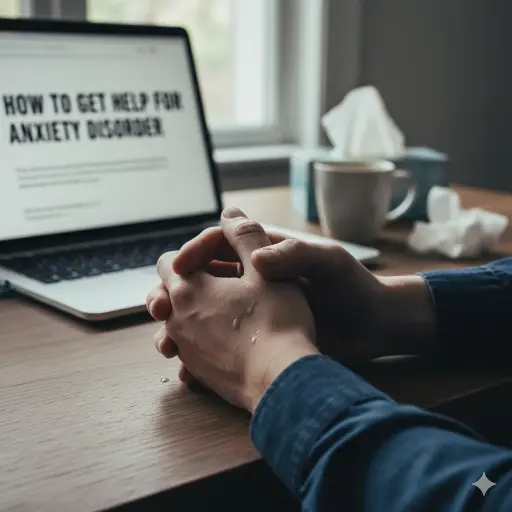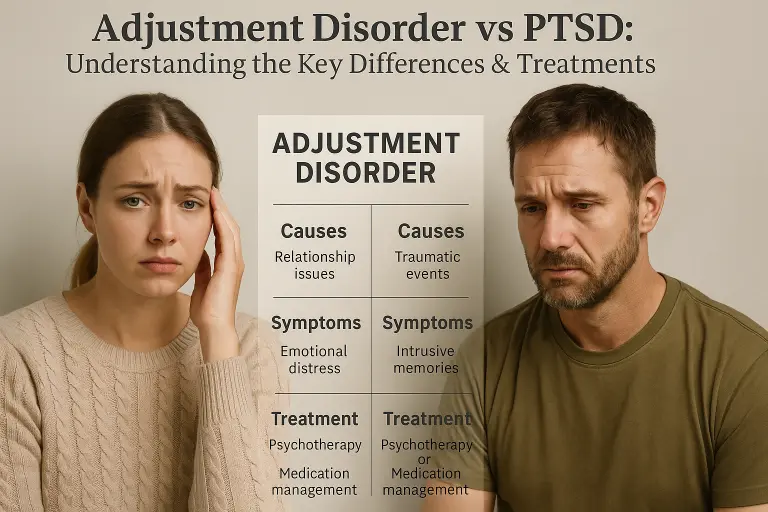How to Develop a Healthy Work-Life Balance
Achieving Harmony: Strategies for a Sustainable Work-Life Balance

Understanding the Vitality of a Balanced Life
In today’s fast-paced world, maintaining a healthy work-life balance is essential for both personal well-being and professional success. It involves managing your time and energy to meet your professional and personal goals while fostering physical, mental, and emotional health. This article explores practical strategies, key signs of imbalance, and proven methods to help you develop and sustain a harmonious lifestyle that promotes happiness, productivity, and resilience.
The Significance and Benefits of Work-Life Balance
Why is work-life balance important and what are its benefits?
Work-life balance plays a vital role in supporting both mental and physical health. When individuals manage to allocate time effectively between their professional responsibilities and personal interests, they experience reduced stress levels and a lower risk of burnout. Chronic stress is linked to numerous health issues, including heart disease, anxiety, and depression, making balance essential for long-term well-being.
A well-maintained balance also boosts employee enthusiasm and efficiency. When workers feel satisfied with their time management and self-care, they tend to be more engaged, productive, and motivated, which translates into better work quality and higher job satisfaction.
Organizations that promote work-life balance often see improved loyalty and lower turnover rates. Supportive policies like flexible work hours, family leave options, and access to childcare foster a diverse and inclusive environment. These initiatives allow employees to address personal commitments without sacrificing professional growth, contributing to a more resilient and committed workforce.
Beyond work benefits, achieving a healthy balance allows individuals to focus on personal development, deepen their relationships, and pursue hobbies or interests that bring joy and fulfillment. Such holistic well-being enhances overall life happiness and resilience.
In essence, work-life balance isn’t just about reducing stress—it creates a richer, healthier lifestyle for employees while accelerating organizational success. Happier, healthier employees are more likely to contribute positively, making balance a fundamental component of sustainable work environments.
Developing and Maintaining a Healthy Balance
What are some strategies for developing and maintaining a healthy work-life balance?
Creating a sustainable work-life balance involves several intentional strategies. First, setting clear boundaries between work and personal life is crucial. This includes establishing designated work hours and designating specific spaces for work, whether at home or in an office, to mentally separate professional tasks from personal activities.
Effective time management plays a vital role. Prioritize tasks using tools like to-do lists or digital planners, break large projects into manageable steps, and schedule regular breaks—such as those derived from the Pomodoro Technique—to prevent burnout and boost focus.
Flexibility and remote work options significantly help achieve balance. Communicating openly with managers about the need for flexible schedules or telecommuting can improve productivity and reduce stress. This flexibility allows workers to tailor their days around personal commitments or peak productivity times.
Incorporating self-care into daily routines is essential for physical and mental health. Engaging in hobbies, regular exercise, mindfulness practices, and ensuring Rest days support resilience and overall wellbeing.
Equally important is regularly assessing workload and stress levels. Taking time to reflect on one’s mental and physical state helps identify when adjustments are necessary, whether through delegating tasks, reducing commitments, or seeking support.
Lastly, building a supportive environment—whether at work or in personal life—enables better coping with challenges. Cultivating open communication, seeking social support, and fostering a culture that values work-life balance contribute to long-term success.
Overall, maintaining balance is an ongoing process that requires conscious effort, flexibility, and constant evaluation—a journey toward a healthier, more fulfilled life.
Practical Tips to Achieve Personal and Professional Balance
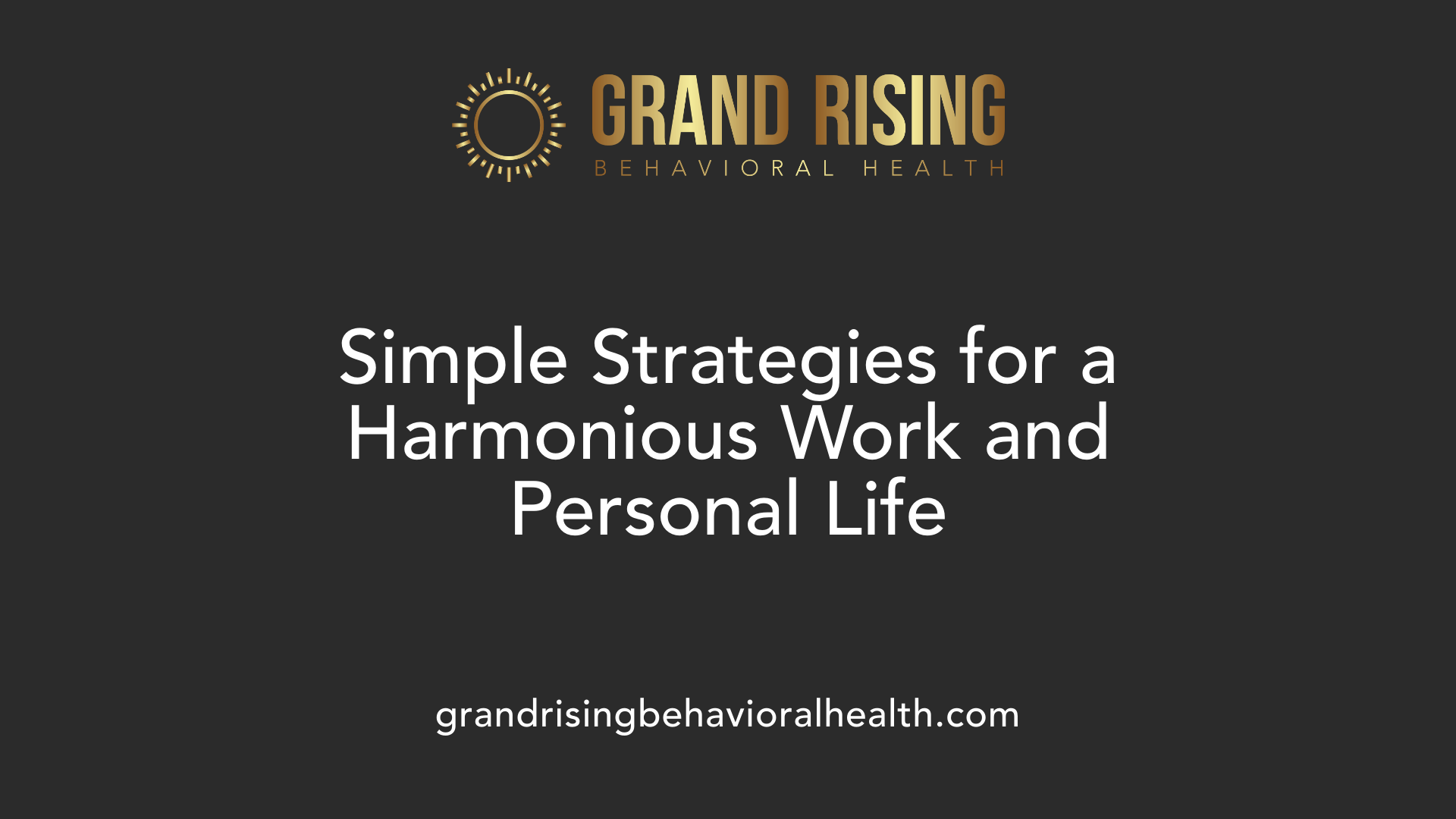
What are some practical tips for achieving a balanced personal and professional life?
Achieving a balanced personal and professional life involves creating boundaries and managing expectations both at work and in your personal life. Start by establishing clear boundaries between your work hours and personal time. This can include defining specific work hours, turning off work-related notifications after hours, and creating a dedicated workspace when working remotely.
Effective scheduling is foundational. Use daily to-do lists and prioritize tasks with tools like the Eisenhower Matrix or the Pomodoro Technique to stay focused. Incorporate regular breaks into your day—short pauses or mindfulness sessions help prevent burnout and maintain mental clarity.
Self-care is crucial. Engage in physical activities such as walking, running, or yoga, and maintain a nutritious diet with meals prepared in advance if possible. Adequate sleep—by sticking to consistent bed and wake times and reducing screen time before bed—supports overall well-being.
When workload becomes heavy, consider delegation and learn to say no. This helps to avoid overcommitment and reduce stress levels. Communicate openly with colleagues and loved ones about your needs and limitations to foster understanding and support.
Unplug from technology and social media regularly, especially during leisure time. This reduces digital stress and affords you mental space.
Finally, continuously review and adjust your routines. Regular reflection helps identify what strategies work best, allowing you to adapt and maintain a healthy work-life balance over time.
Achieving this balance requires ongoing effort, self-awareness, and a commitment to prioritizing your happiness and responsibilities in both spheres.
Recognizing and Addressing Imbalances
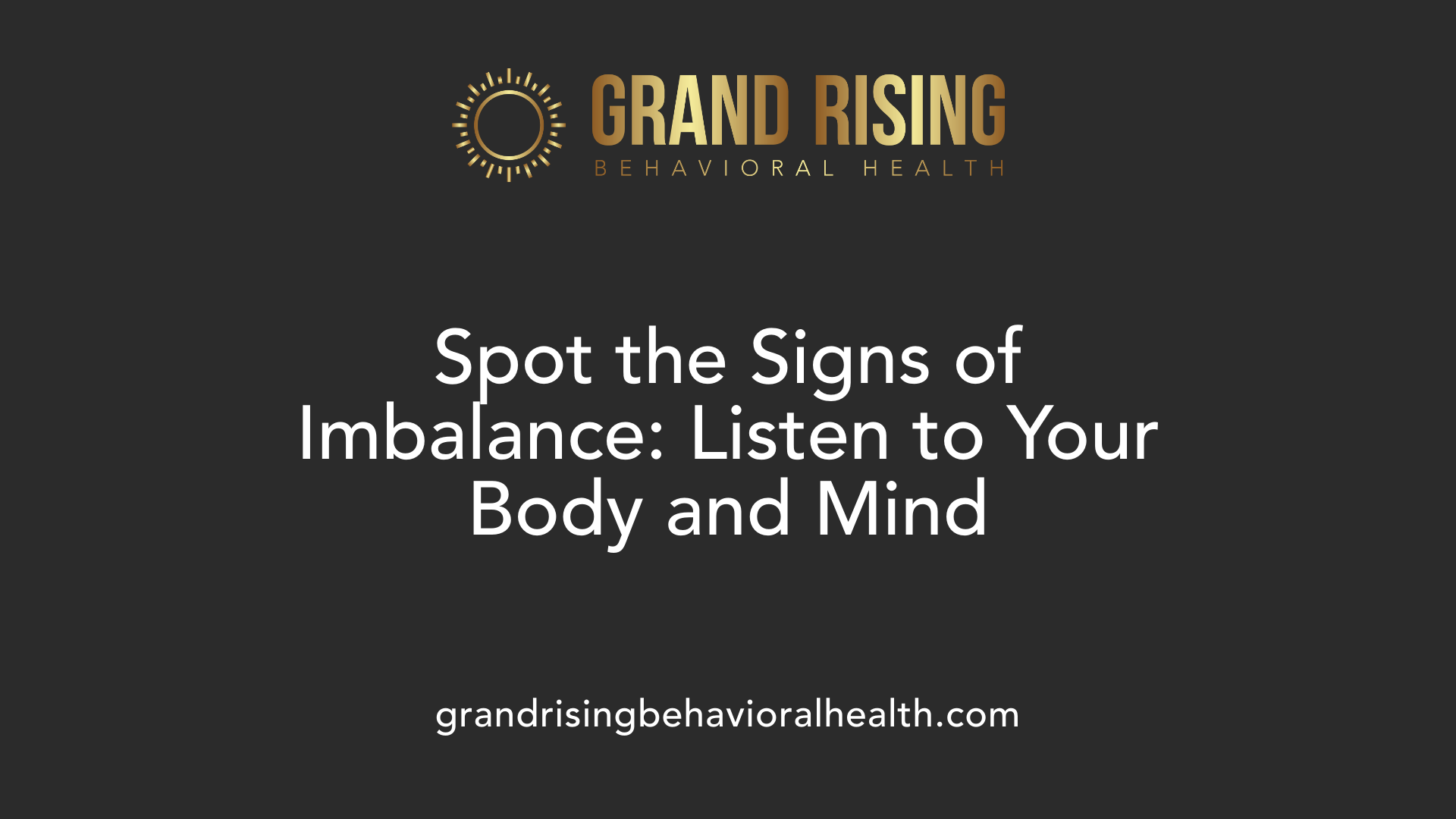
How can one identify signs of imbalance and steps to address them?
Recognizing signs of imbalance is essential for maintaining overall well-being and ensuring that work and personal life remain sustainable. Common indicators include feeling constantly stressed, exhausted, or irritable, which may signal burnout or mental fatigue. Physically, one might notice ongoing tiredness, lack of motivation for physical activity, or neglect of basic health routines such as regular meals and bathroom breaks.
Emotionally, signs like pessimism, disenchantment with work, and feelings of being overwhelmed frequently appear when balance is compromised. These symptoms often result from excessive workload, poor boundaries between work and personal time, or neglecting self-care practices such as adequate sleep, nutrition, and social activities.
Understanding these signals allows individuals to take proactive measures. Setting clear boundaries between professional duties and personal time ensures work does not encroach on personal life. Prioritizing self-care through regular breaks, physical activity, and relaxation techniques can significantly reduce stress. Managing workload effectively by breaking tasks into manageable chunks helps avoid overwhelm.
Seeking support from friends, family, or mental health professionals offers additional resilience. It is also wise to evaluate workload and stress levels periodically, adjusting routines and expectations accordingly. This might include reassessing commitments, saying no to unnecessary tasks, or delegating responsibilities to maintain a healthy balance.
In summary, paying attention to physical and emotional cues, establishing boundaries, and seeking support are essential steps in addressing work-life imbalance, promoting both mental health and productivity.
Managing Stress in Personal and Work Life
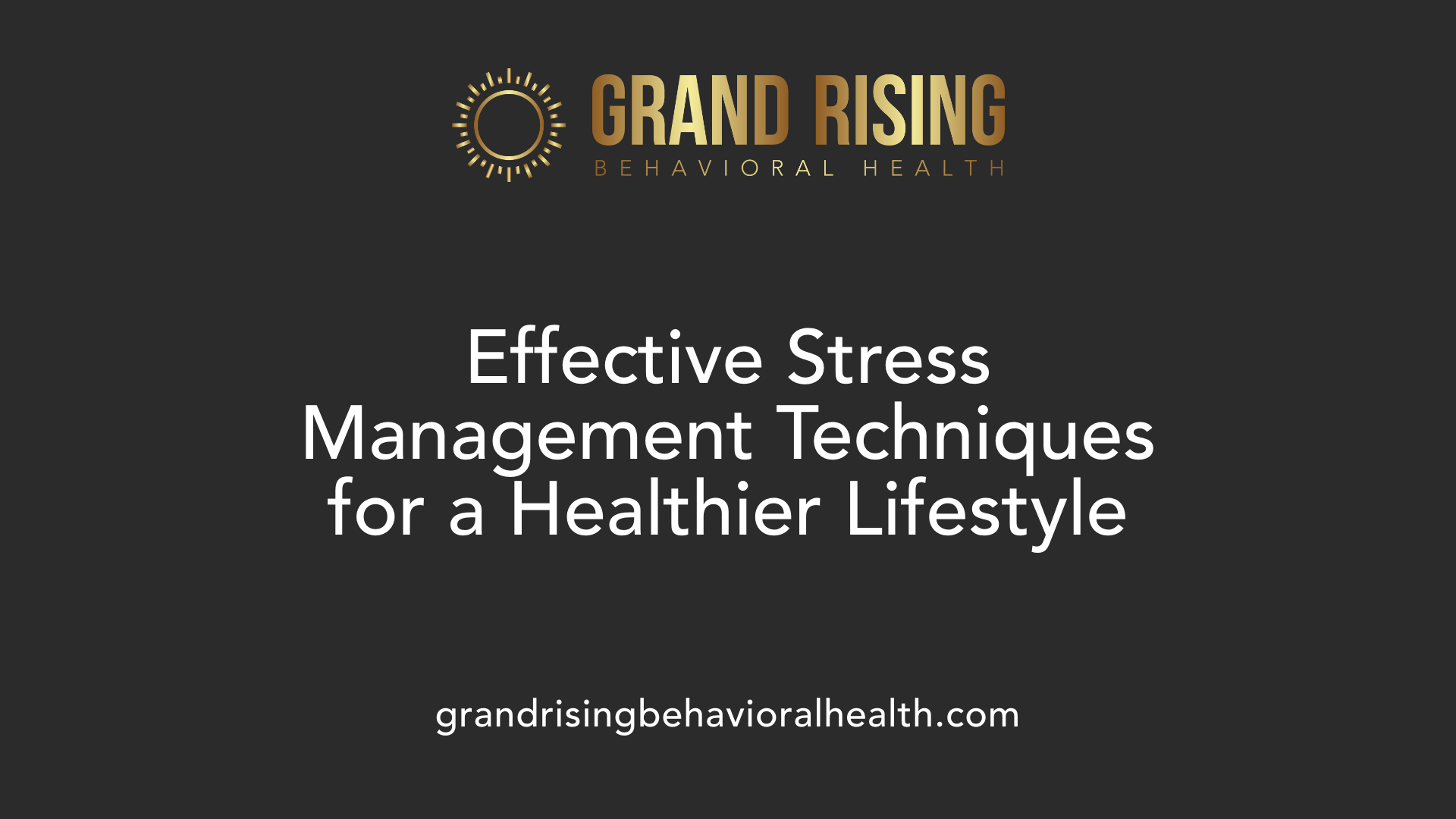
What methods can help manage stress related to work and personal life?
Managing stress is essential for maintaining good health and productivity. There are several effective strategies to handle the pressures of work and personal responsibilities.
One of the most effective approaches is practicing relaxation techniques. Mindfulness, meditation, and breathing exercises help calm the nervous system, reduce tension, and promote mental clarity. For instance, taking a few deep breaths or engaging in brief mindfulness sessions during breaks can make a significant difference.
Physical activity also plays a vital role. Regular exercise such as walking, yoga, or other aerobic activities releases endorphins—natural mood lifters—that help reduce stress. Engaging in hobbies like painting, playing music, or gardening not only provides a mental distraction but also enhances emotional well-being.
Adopting healthy lifestyle habits is crucial. Eating a balanced diet, maintaining good sleep routines, and fostering social connections contribute to resilience against stress. Setting boundaries at work by unplugging from emails and work-related messages, especially during personal time, prevents burnout.
When overwhelmed, seeking professional support through counseling or Employee Assistance Programs (EAPs) can provide guidance tailored to individual needs.
Lastly, cultivating a positive mindset through reframing negative thoughts, practicing gratitude, and engaging in self-compassion nurtures resilience. These mental practices can help shift focus from stressors to positive aspects of life, fostering long-term well-being.
Implementing these comprehensive methods creates a balanced approach to managing stress and enhances overall quality of life.
The Role of Self-Care and Consistent Reflection
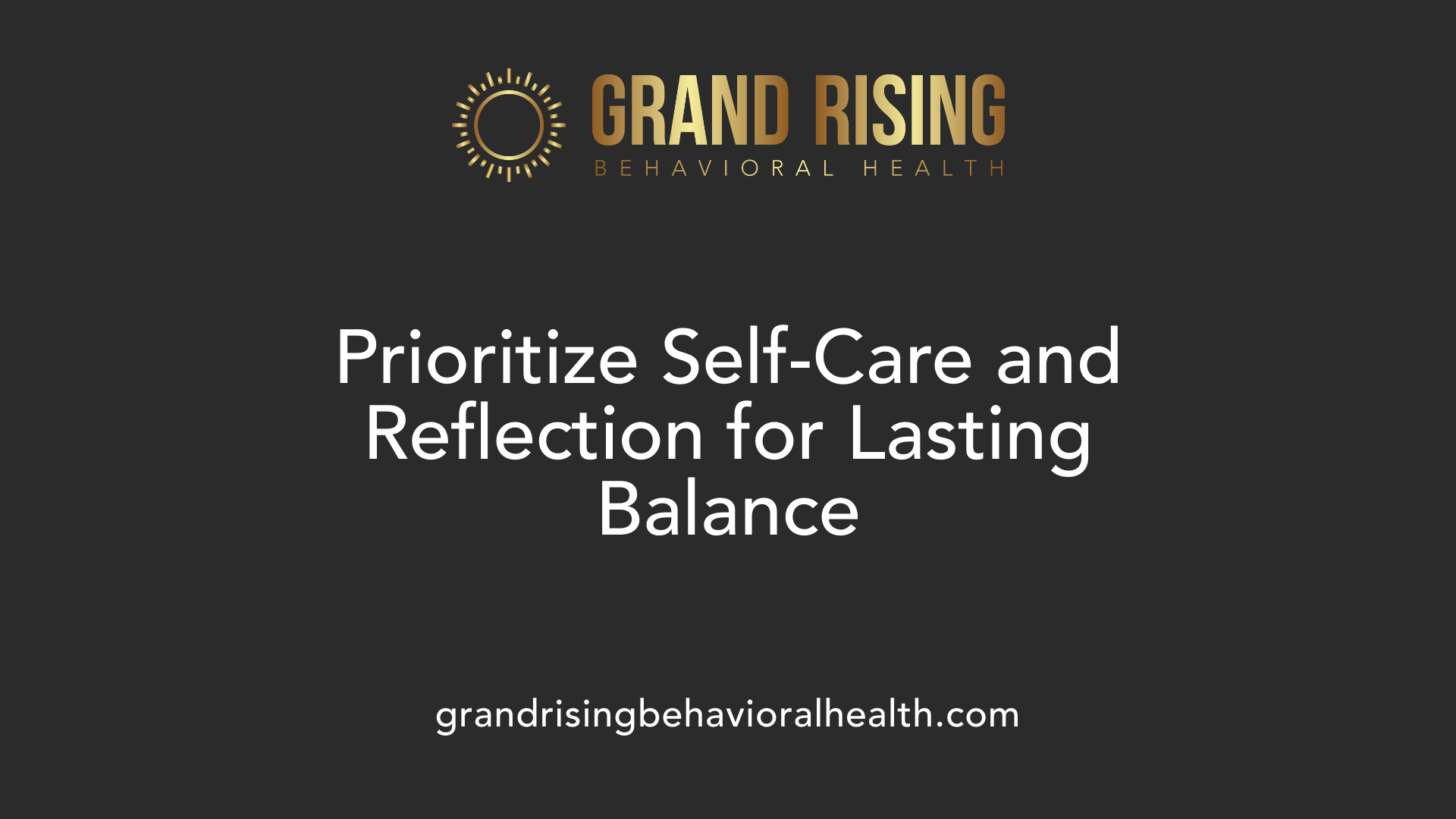
Defining self-care holistically
Self-care encompasses physical, mental, and emotional well-being. It involves activities and strategies that support health, reduce stress, and foster resilience. A comprehensive approach includes maintaining a nutritious diet, engaging in regular physical activity, ensuring adequate sleep, and dedicating time for hobbies and relaxation. It also means establishing boundaries to prevent work from encroaching on personal life, such as creating a dedicated workspace and sticking to designated work hours.
Importance of regular mental health check-ins
Regular mental health check-ins are essential to monitor emotional well-being and address stressors before they become overwhelming. Activities like journaling, meditation, or mindful reflection can help recognize feelings and identify needs. Scheduling consistent mental health activities fosters self-awareness and encourages proactive management of stress, ultimately supporting sustained work-life balance.
Practicing mindfulness, meditation, and relaxation
Practicing mindfulness, meditation, and relaxation techniques helps calm the nervous system, improve focus, and reduce cortisol levels. Even brief daily practices, such as deep breathing or guided meditation, can significantly enhance emotional resilience and mental clarity. These activities support a calm, present mindset, enabling better handling of stressors associated with work and personal obligations.
Maintaining physical health with activity, diet, sleep
Physical health is foundational for effective stress management. Regular exercise, like walking, yoga, or running, lowers disease risk and boosts mood. Coupling physical activity with a balanced diet rich in nourishing foods provides sustained energy. Prioritizing quality sleep through consistent routines and reducing screen time before bed enhances recovery and maintains mental sharpness.
Reflecting on work-life balance weekly
Weekly reflection helps assess progress and identify areas needing adjustment. By reviewing what worked well and what caused stress, individuals can fine-tune routines—such as modifying work hours, scheduling downtime, or engaging in preferred hobbies. This ongoing process promotes awareness and encourages proactive changes to sustain a balanced lifestyle.
Adjusting routines based on feedback
Being flexible and receptive to personal feedback is vital. If certain activities or schedules aren’t effective, making thoughtful adjustments ensures the work-life balance remains sustainable. Regular reflection and openness to change empower individuals to create routines that genuinely serve their physical, mental, and emotional needs, fostering long-term health and productivity.
Moving Forward with Balance and Resilience
Achieving and sustaining a healthy work-life balance is an ongoing journey that requires intention, flexibility, and self-awareness. It involves setting boundaries, practicing effective time management, and prioritizing self-care. Recognizing the signs of imbalance early allows for prompt action and adjustments. Implementing practical strategies such as regular breaks, physical activity, and honest communication can significantly reduce stress and prevent burnout. Employers and employees alike benefit from cultivating a workplace culture that values well-being and flexibility. Ultimately, striving for balance enhances overall quality of life, enabling individuals to be more engaged, productive, and fulfilled both at work and in their personal lives. Remember, the goal is progress, not perfection, on this path toward a healthier, more balanced existence.
References
- Work Life Balance | Mental Health America
- Self Care for Career Success: 6 Tips to Balance Work and Life
- 12 Tips to Achieve a Healthy Work-Life Balance - BetterUp
- Work-Life Balance: Why It's Important And How To Achieve It - Persona
- 15 Habits To Achieve A Better Work-Life Balance In Today's ... - Forbes
- How do you maintain a work-life balance? - Career Village
- Work-life balance | Mental Health Foundation
- How To Improve Work-Life Balance: 17 Tips for Success - Smartsheet
- Work-Life Balance - CCOHS
- How to Improve Your Work-Life Balance Today
More Resources
A team ready to start your journey.
Get in touch — today.
We are a safe space – a haven for exceptional individuals to receive discreet, personalized, in-person treatment and care.
.avif)



